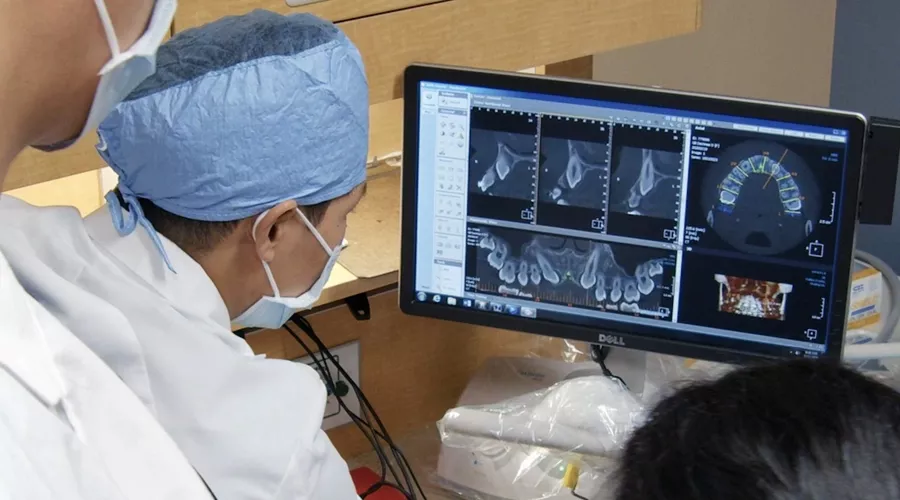Sidebar
Orthodontics is a specialized field of dentistry focused on diagnosing, preventing and correcting misaligned teeth and jaws. It aims to improve both the function and appearance of a person’s smile.
What do UofL's orthodontists do?
Our orthodontic practices treat children, teens and adults. We offer the latest treatment methods, including:
- Traditional braces: Metal or ceramic brackets are attached to the teeth and connected by wires. Over time, adjustments are made to gradually shift the teeth.
- Clear aligners (Invisalign): Custom-made, removable trays are used to gradually shift the teeth.
Why choose UofL for orthodontics?
In all of our orthodontic practices, we use the latest technology such as advanced digital imaging throughout the treatment process. Plus, as a university-based care center, our dental professionals work closely with other specialists on complex cases, including those involving orthognathic surgery, cleft palate repair and craniofacial growth problems.

Schedule an Appointment
Our Orthodontic Practice Types

Specialty Resident Practices
Care is provided by licensed dentists who are completing specialized training in our advanced education programs.

Faculty Practice
Care is provided by licensed dentists who teach at the UofL School of Dentistry and also treat patients directly.
Not sure which type of practice works best for you?
Explore differences in costs, insurance coverage, patient experience and more.
What to Expect
Typical orthodontic treatment generally involves these steps:
1
Consultation
An initial assessment, including taking/reviewing X-rays and photographs.
2
Planning
A personalized plan that outlines the type of treatment needed, such as braces or clear aligners, and the desired outcome.
3
Treatment
Braces are attached or clear aligners are delivered. Over time, the orthodontist adjusts the braces or checks the progress of aligners, ensuring teeth move into the correct position.
4
Retention
After active treatment, retainers are used to maintain the new position of teeth and prevent them from shifting back.

